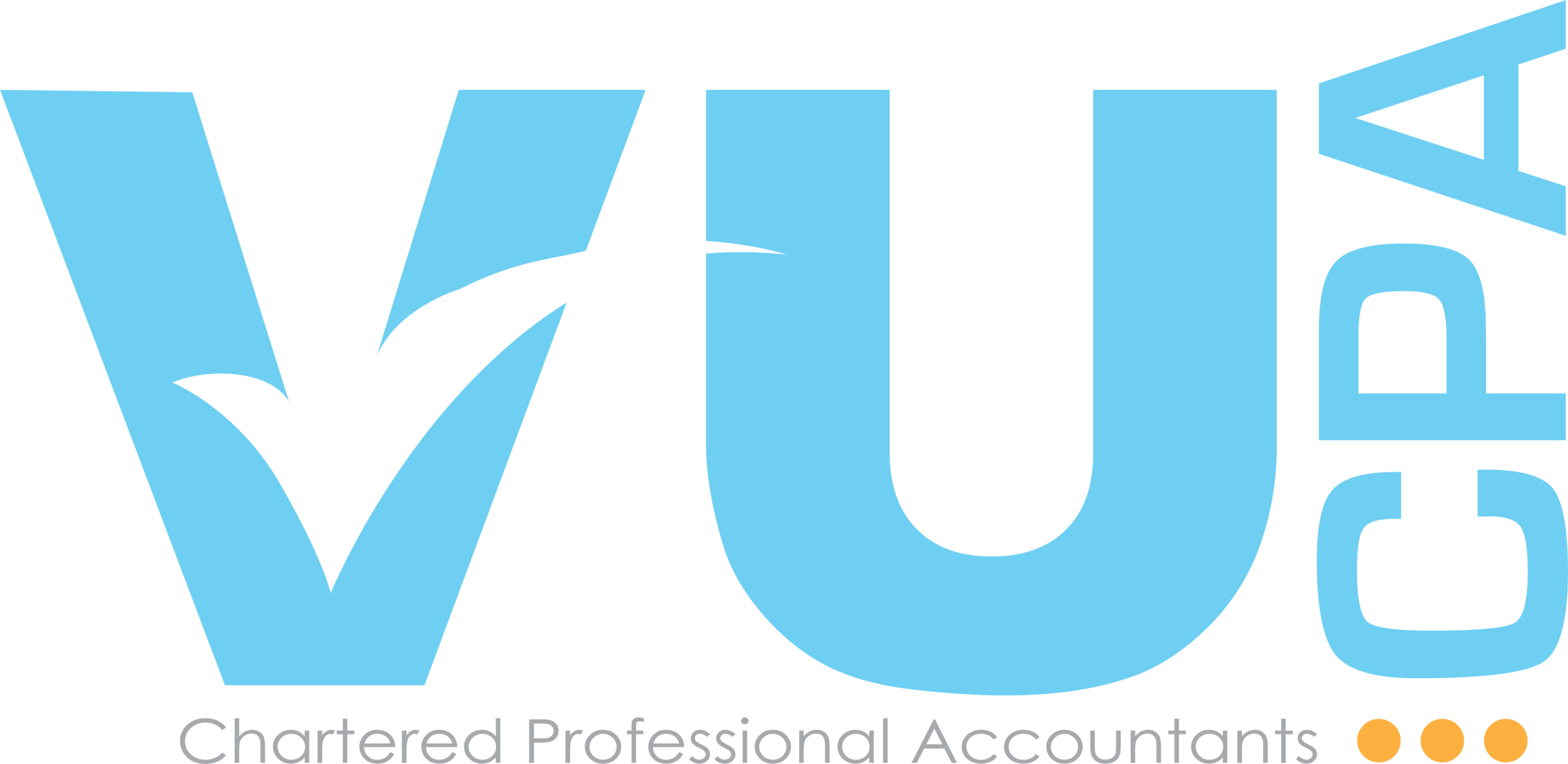What No One Tells You About CPP
If you have employment income, you’re required to contribute to the Canada Pension Plan (CPP).
How does CPP work?
It's calculated as 4.95% of your pensionable earnings - capped at $55,300. The annual basic exemption is $3,500, which means that the first $3,500 of income is not included in the calculation. The maximum contribution for 2017 is $2,564.10. Your employer pays the other half.
How much do you get?
At age 65 you’re eligible to receive CPP benefits. The maximum amount you can receive for 2017 is $1,114.17 per month. This amount is updated every year based on the cost of living.
The average person receives $685.11.
How much you receive is based on how much you’ve contributed and how long you’ve been making the contributions.
Do you get CPP if you make too much money after 65?
Unlike Old Age Security (OAS) payments which can be clawed back if you are over a certain income threshold, there is no income threshold for CPP payments. You are, however, taxed at a higher marginal tax rate.
CPP for the incorporated business and the sole proprietor
If you own your own business and pay yourself a salary or if you’re self employed, you’re required to pay the employer portion of CPP. This means that you’re contributing $5,128.20 to CPP as opposed to $2,564.10.
If you pay yourself a dividend, it’s not considered pensionable earnings – so CPP contributions are not applicable. Dividends can only be paid out of a corporation.
Why should you care?
Let’s say you’re able to receive the maximum CPP payment starting from age 65 and live until you’re 90. You became self employed at age 20. At the maximum contribution for 2017, you’ve paid $230,769 into CPP and received $200,551. That’s a difference of $30,218 you’ll never get back!
If you were to take the CPP that you would have otherwise paid and invested it – even in short term GICs at 1.9%, you would be more ahead.
The future value of 45 yearly payments of $5,128, made at the end of the year, at an interest rate of 1.9% per year is $366,492. You’re probably not going to take out the entire amount when you turn 65, so whatever you don’t use will continue to generate more income for you.


